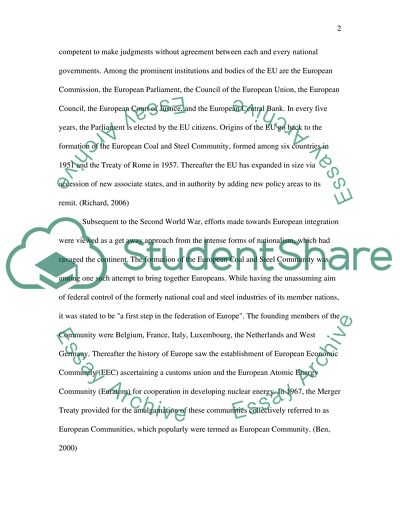Cite this document
(Political Economy of the European Union Case Study - 1, n.d.)
Political Economy of the European Union Case Study - 1. Retrieved from https://studentshare.org/macro-microeconomics/1550367-political-economy-of-the-european-union
Political Economy of the European Union Case Study - 1. Retrieved from https://studentshare.org/macro-microeconomics/1550367-political-economy-of-the-european-union
(Political Economy of the European Union Case Study - 1)
Political Economy of the European Union Case Study - 1. https://studentshare.org/macro-microeconomics/1550367-political-economy-of-the-european-union.
Political Economy of the European Union Case Study - 1. https://studentshare.org/macro-microeconomics/1550367-political-economy-of-the-european-union.
“Political Economy of the European Union Case Study - 1”. https://studentshare.org/macro-microeconomics/1550367-political-economy-of-the-european-union.


